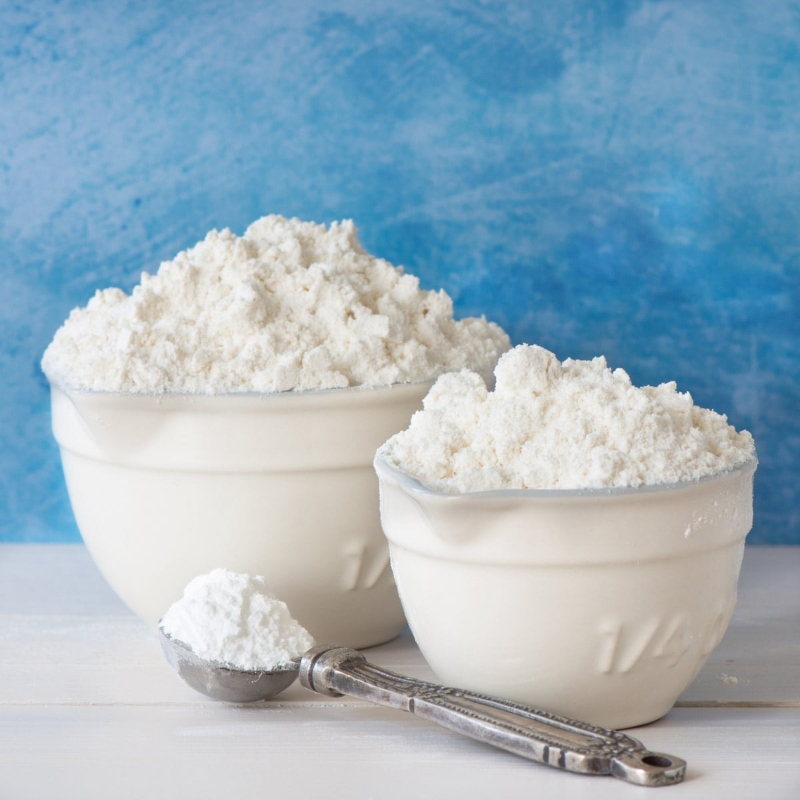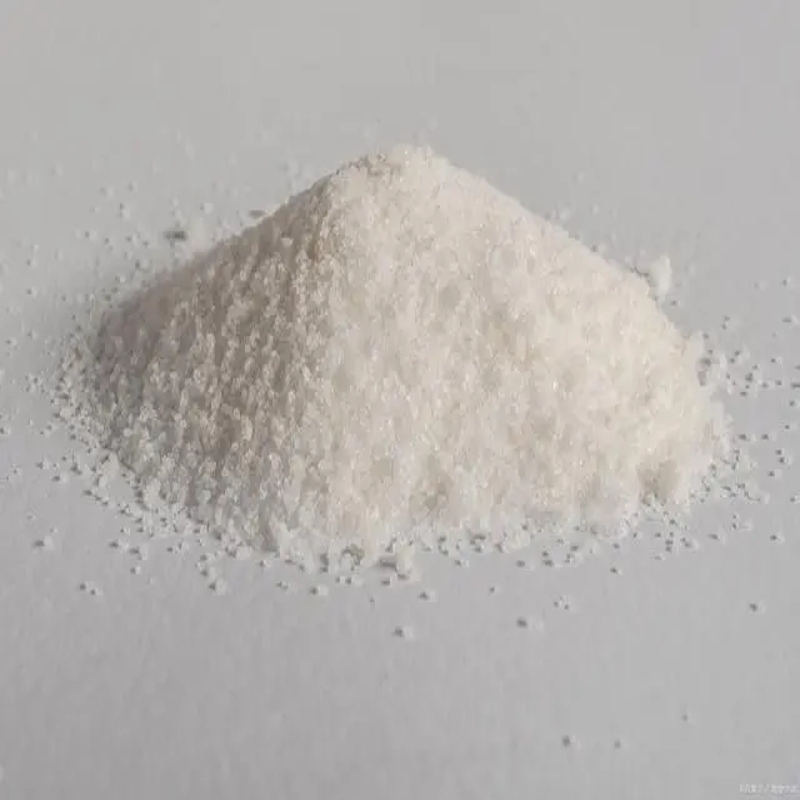-
Categories
-
Pharmaceutical Intermediates
-
Active Pharmaceutical Ingredients
-
Food Additives
- Industrial Coatings
- Agrochemicals
- Dyes and Pigments
- Surfactant
- Flavors and Fragrances
- Chemical Reagents
- Catalyst and Auxiliary
- Natural Products
- Inorganic Chemistry
-
Organic Chemistry
-
Biochemical Engineering
- Analytical Chemistry
- Cosmetic Ingredient
-
Pharmaceutical Intermediates
Promotion
ECHEMI Mall
Wholesale
Weekly Price
Exhibition
News
-
Trade Service
9.
2.
2.
3 Process parameters that affect the stability of worm reduction sludge
(1) Earthworm sludge volume ratio Under the same sludge properties, the earthworm sludge volume ratio is an important factor that affects the sludge volume reduction effect of earthworm tremor.
The greater the amount of sludge added per unit volume, the greater the sludge.
The volume reduction rate will be higher
.
Conversely, the inoculation of earthworms affects the sedimentation performance of activated sludge, and the inoculation of earthworms significantly accelerates the sedimentation rate of activated sludge
(2) Sludge reflux ratio As shown in Figure 9-7, the optimal sludge reflux ratio of the activated sludge system is 100%
.
The uningested sludge is returned to the activated sludge system, and its return ratio depends on the uningested sludge flow rate
(3) The concentration of dissolved oxygen DO DO affects worm density, sludge feeding rate, and sludge (TSS) reduction efficiency
.
When the DO concentration is low, the worms look for food at a minimum, and instead digest most of the ingested sludge.
(4) The suitable growth temperature for the temperature trembling earthworm is 15-30℃, the growth rate at 25℃ is about twice that at 20℃, and the fecundity is higher when the water temperature is 20-28℃
.
When the worms of the tremella family (mainly Hof's water silkworm) feed on activated sludge, the temperature has a significant impact on the sludge feeding rate and digestion efficiency.
(5) It has been reported that ammonia concentration below 700mg/L has no effect on earthworms trembling, 57.
6mg NH 3 -N/L (pH=8.
6, temperature=18.
3℃±0.
5℃) has no effect on filamentous earthworms; High molecular state ammonia (NH 3 ) is toxic to worms, 880mg/L is the semi-lethal concentration of earthworms, and 302mg NH 3 -N/L (pH=8, temperature=23℃) is semi-lethal for filamentous earthworms.
Concentration
.
The increase in ammonia concentration leads to a decrease in the feeding rate of worms.







